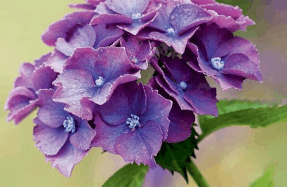Mint Imperials
Oct 09, 2019
4 minutes

To help grasp the essence of , the first plant family in our new series, think of a jar of . The ingredients label is a list of some of its best-known members: basil, marjoram, oregano, savory, rosemary and thyme. Many of our staple garden plants belong to what is commonly referred to as the mint family and share one of its key characteristics – aromatic leaves. These are typically arranged in pairs up a stem that is square in cross-section. These plants’ volatile oils, which we value for their scent and flavour, offer an evaporative cooling effect in the plants’ home climates, which tend to produce hot dry summers, as well as a certain
You’re reading a preview, subscribe to read more.
Start your free 30 days



